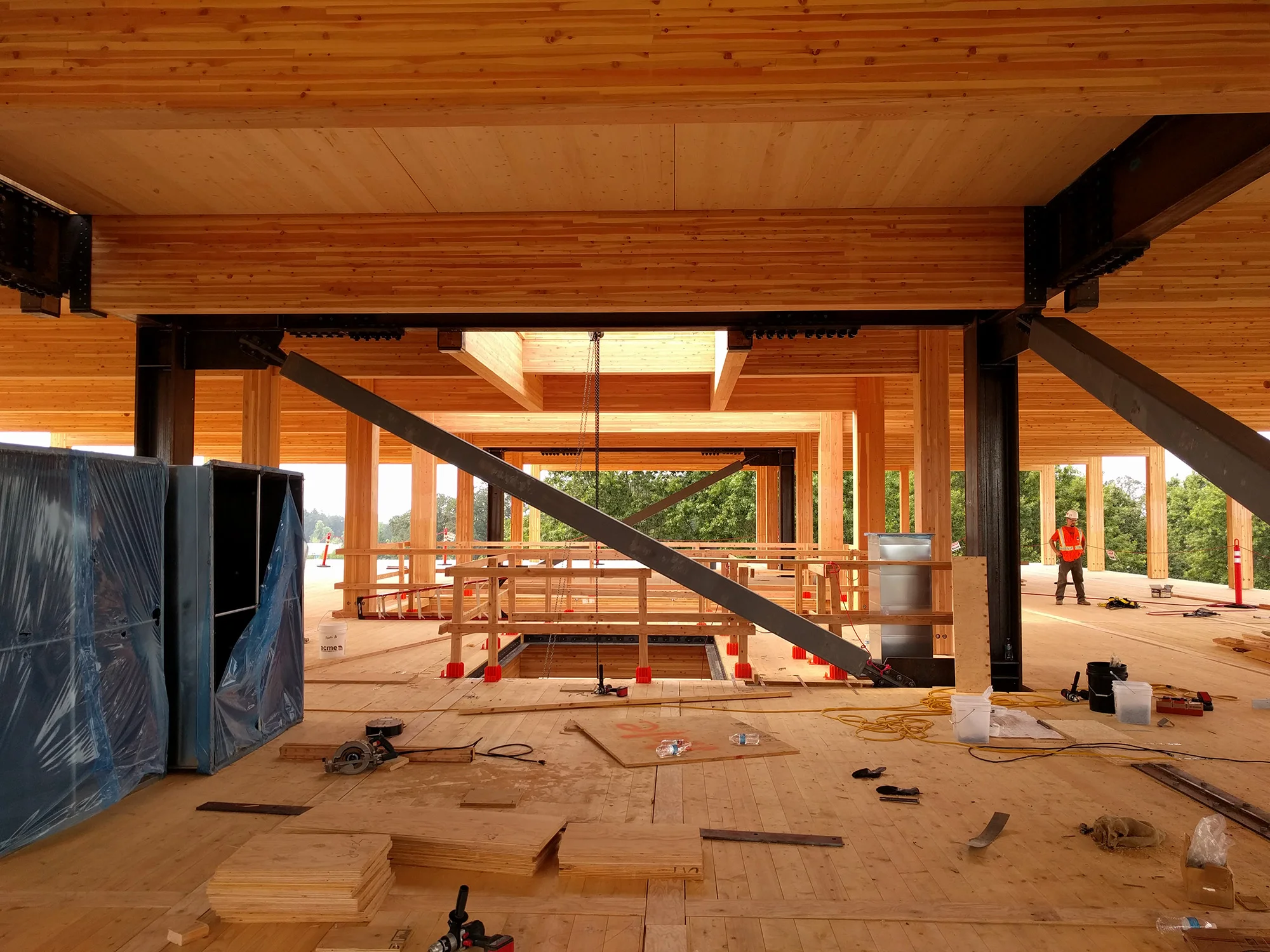Dispatch from the 2019 International Mass Timber Conference
First Tech FCU’s corporate office building in Hillsboro, Oregon | Photograph © Jeremy Bittermann
Welcome to my blog. I document my adventures in travel, style, and food. Hope you have a nice stay!
First Tech FCU’s corporate office building in Hillsboro, Oregon | Photograph © Jeremy Bittermann

